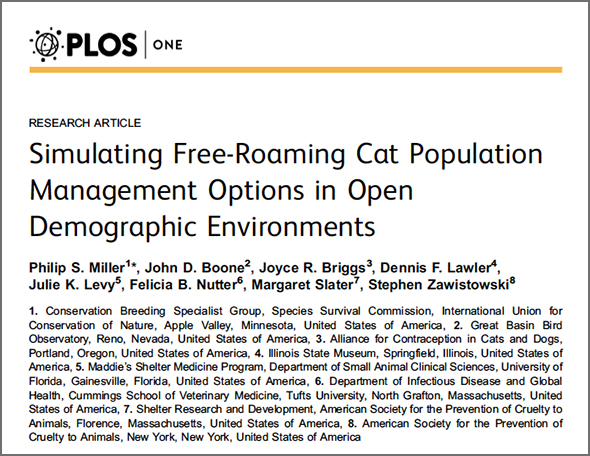
Sophisticated population modeling provides theory to explain a wealth of empirical evidence.
For those of us who have watched colonies of sterilized cats decrease in size over time, the findings of recent population modeling work will hardly come as a surprise. Still, the publication of “Simulating Free-Roaming Cat Population Management Options in Open Demographic Environments” must be recognized as an enormously important contribution to the body of literature concerned with the management of unowned free-roaming cats in general, and TNR in particular. Read more
